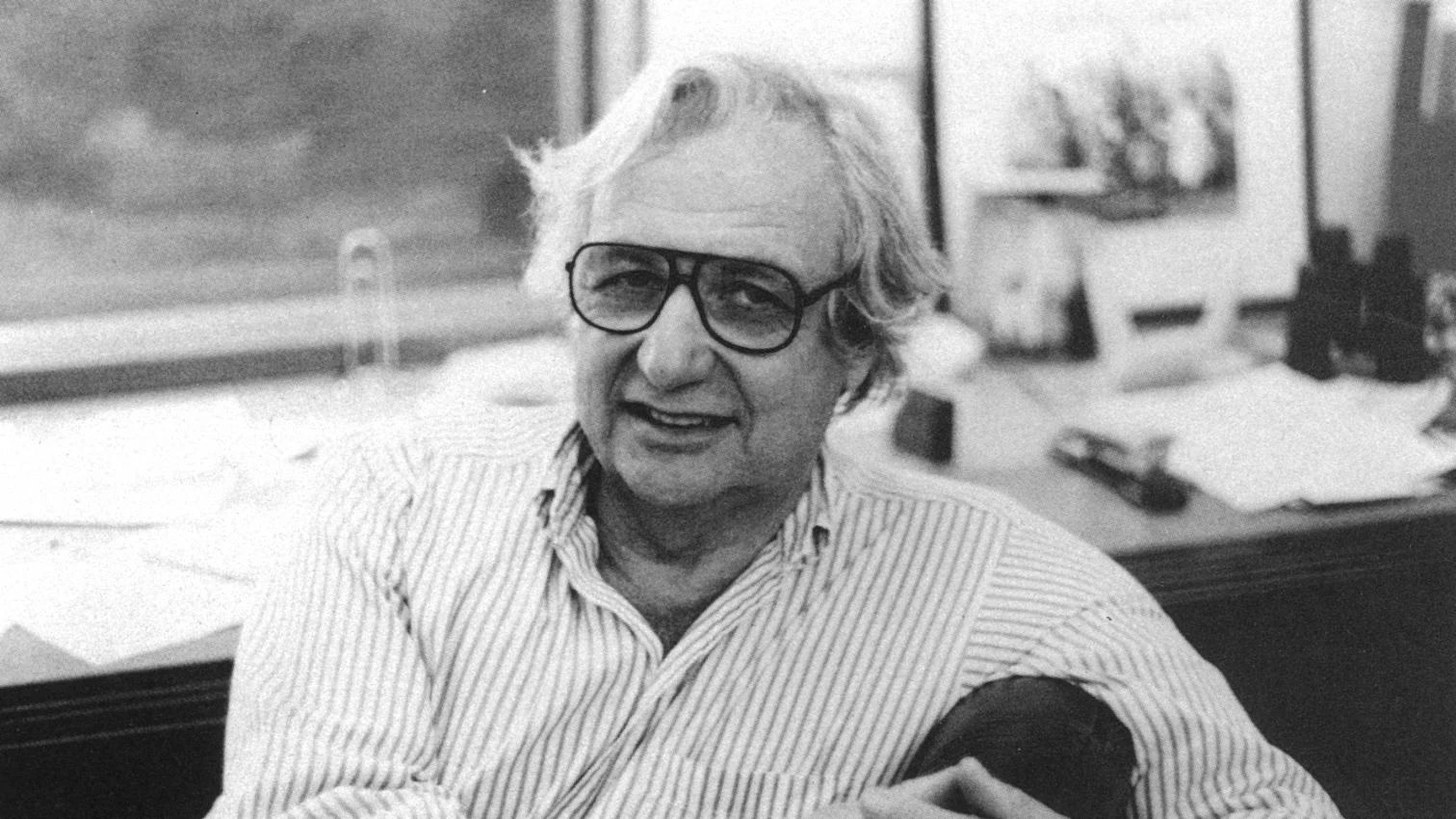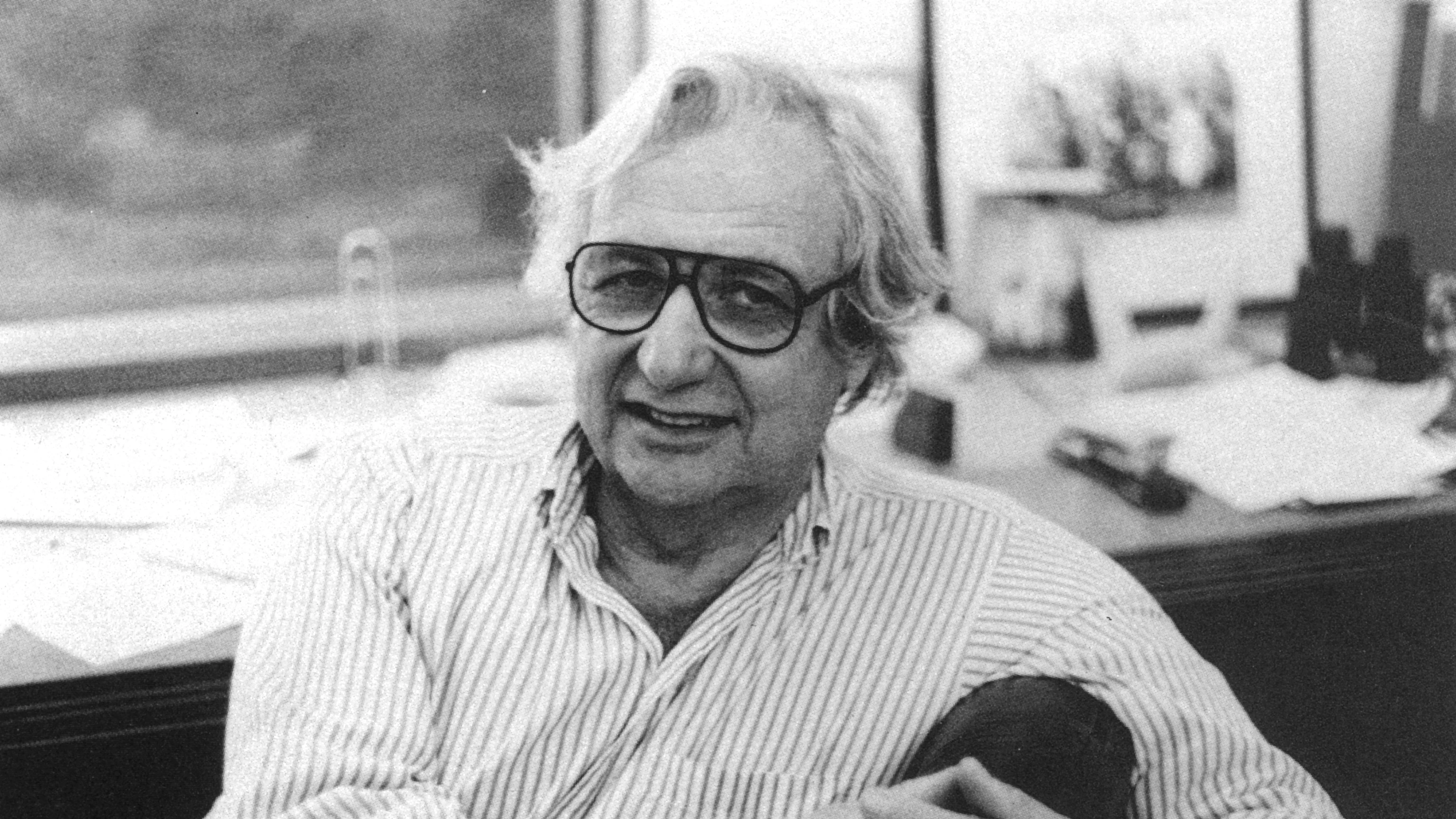Frank the Weaver

© Wesley Harrison
Gehry’s best building is a chair. Built with interwoven laminated wood, its flexible, resistent warp gives under the weight of the body just like a cosy, domestic basket. In the workshop of his studio, the architect tries each prototype with the sparkling eye and eager delight of an inventor or a child, and invites the visitor to take part in the game. If some furniture pieces make the architect-bricklayer a carpenter, these braided chairs make him a weaver.
In his sketches, the tangle of the lines weaves the shapes, which emerge from the muddled thread like a knitted work of the needles. The geometries of architecture crystallize inside a vague fog; the architect grinds the paper with a pen, and out of such pertinacious effort what emerges in the graphic mortar are prisms evoking the crystals of a geode. These exact and haphazard forms become models altered an infinite number of times, tough and elegant pieces of carpentry, ephemeral or permanent scenographies, buildings at last.
Son of Goldberg and Caplansky, a Jewish boy in a Catholic neighborhood of Toronto, he moved from a Canadian adolescence to a Californian youth, from his grandfather’s hardware shop to a cousin’s delivery truck in Los Angeles and the still mythical Hollywood of the early 1950s. Architecturally, those were the years of John Entenza and the Case Study Houses; the young night-school student would entangle his steps with those of some protagonists of the time, people like Raphael Soriano and Julius Schulman, and the California that venerated Schindler and Neutra would end up making an architect of him.
Francois Truffaut once said that the entire career of a film director is already present in his first one hundred and fifty feet of film. If this is true, Gehry's first one hundred and fifty feet were the house and studio he built in 1964 for the graphic designer Lou Danziger on Melrose Avenue. Common materials, volumetric fragmentation and masterful manipulation of light are already present in this first work. Between David Hockney and Donald Judd, this box with angst encloses both American pragmatism and the stripped tension of the Mitteleuropa avant-garde.
After that box—opaque and povera, trivial and refined, of an exquisite, anotiymous hermeticism as potent and silent as a Serra piece—Gehry’s architecture would go on to explore other registers, from Morandi still Ufes to Merz expressionism, but always in syntony with an exhuberant city which has given the architect as much as he has given it. With a studio that in this ever changing place is a permanent reference, which converts clients into disciples and disciples into clients and through which have passed a good number of today’s more talented young architects, Frank Gehry cannot be set apart from the energetic and chaotic fascination of Los Angeles.
The visceral immediacy of his forms expresses the forces that generate them as much as those that decompose them. If Gehry is a seismograph, he is a seismograph of those genetic earthquakes that evoke the tensions of creative effort with the eloquence of canvass or sculpted stone. More than to the integration of the arts, these forms aspire to the homologation of architecture alongside the other arts. Gehry’s buildings are the built proof that architecture can be manipulated with the instruments and methods of other fields of artistic practice.
Born in 1929, Frank Gehry is a child of the Depression. In 1933, when at its worst, a Chicago-born cartoonist launched from Hollywood a parable that moved America: the three little pigs. These three animal architects—who in their building activity, though Walt Disney had never read Gottfried Semper, personified the old archetypes of weaver, carpenter and bricklayer—gave a demoralized nation an upbeat message about willpower and one’s capacity to resist misfortune.
Frank Gehry’s architecture possesses a similar mood, spirited and confident, within an urban ambience of confusion, despondent and disordered; however, the shelter offered us is not a house of solid brick but a flimsy structure of interlaced straw. Frank the weaver is not afraid of the big bad wolf, knowing only too well that he will succeed in trapping it in the spider web of his hanks of wire, bewilder it with his haunting textile scenographies, light and tenacious like wicker faces.






